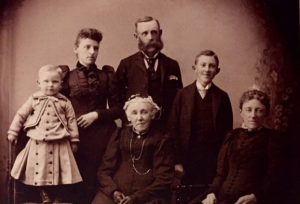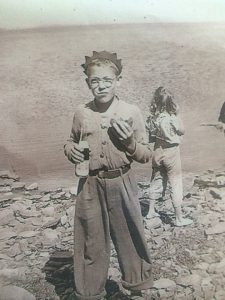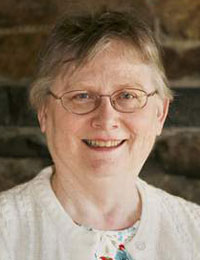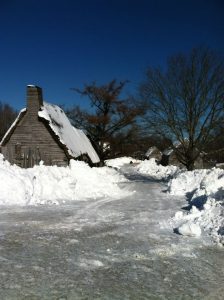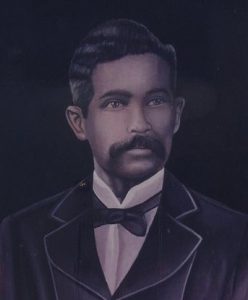“In a Wonderland they lie, Dreaming as the days go by, Dreaming as the summers die: Ever drifting down the stream – Lingering in the golden gleam – Life, what is it but a dream?” – Lewis Carroll, Through the Looking Glass

My mother is dying today. She is reposing, half-seated on “the community’s” divan, twitching and fidgeting, the vapors of her life coalescing, escaping in small electrical bursts. Utterances, half-heard under her breath, relay the signs of her ascension. Watching her now, knowing that she is treading her way through the muddy reeds outside Elysium, is gut-wrenching. It breaks my heart that she has been dealt this terrible curse of dwindling.[1] She is, after all, a witch of sorts.
But hold your pitchforks! I call my mother a witch only out of the deepest respect, reverence, and love. Her devilish children and New England roots bestowed this title on her, a name of which she spoke with wry pride and amused regard. Continue reading The wintered leaf
